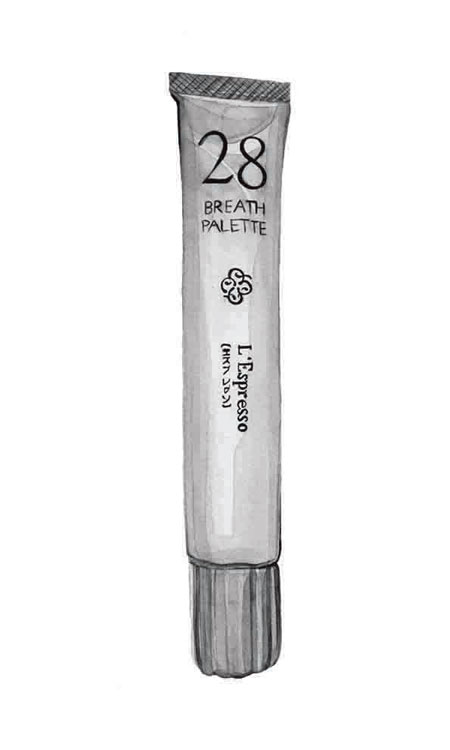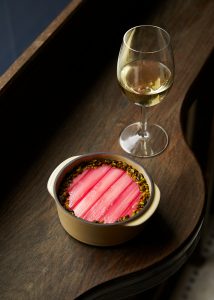US writer Aaron Gilbreath explores the flavours of Japanese oral hygiene

Caramel-flavoured toothpaste might sound like a childish indulgence, but it’s the daily choice of many Japanese adults. Caramel, lavender, café au lait – these constitute Japan’s tamer toothpaste varieties. More ambitious flavours include Nagoya miso, octopus dumpling, charred eggplant, Indian curry and tropical pine.
Japanese drugstores contain the standard brands whose names suggest serious oral hygiene: Clinica, Denta, Pronamel, GUM. These minty pastes utilise modern pharmacology’s familiar arsenal of polishing and whitening agents, such as calcium carbonate and fluoride.
On the opposite side of the spectrum lie the natural products: Binotomo brand’s salt toothpaste; Kobayashi Pharmaceutical’s medicinal powder; Made of Organics’ dragon’s blood toothpaste, fortified with South America’s analgesic ‘panacea’ plant, Sangre de Grado. The Natamame brand grinds nata mame sword bean, a traditional breath freshener, and flavours it with rose, persimmon, aloe and charcoal made from bamboo grown in Fukuoka Prefecture. Taiyo Yushi’s PAX toothpaste series is so au naturel that its light minting barely conceals its plant oil base. Dessert enthusiasts will savour CoCo Dent, whose tiny 20 gram tubes pack a rich, deep cocoa taste to match many large chocolate bars.
Measured by breadth of flavour, however, Breath Palette ranks as Japan’s most alluring.
Designed by the Osaka-based cosmetics company Margaret Josefin, Breath Palette’s 32-flavour line leans heavily on fruit: white peach, California orange, kiwi, ‘monkey banana’, and such native sweets as Tsugaru apple and Kishu plum. In a country where fruit can fetch exorbitant prices, it’s no surprise that food scientists have created delicious imitations. But it’s Breath Palette’s wayward ventures that set it apart: yoghurt, cola, honey, pumpkin pudding, as well as both Kyofu powdered green tea and Ichibanzumi sencha green tea. Darjeeling tea is their most sophisticated offering.
Japan’s best designers, artisans and chefs aspire to a high level of craftsmanship. There is something in the Japanese mind that seeks mastery. When the Japanese replicate cultural imports such as Western food, tailoring and music, they recreate it down to the last detail and often improve the original, adding a Japanese sensibility. And as their culture attests, and their toothpaste, when they go their own way, their originality is unparalleled.
This article originally appears in Port 14
Words Aaron Gilbreath
Illustration Kate Copeland




